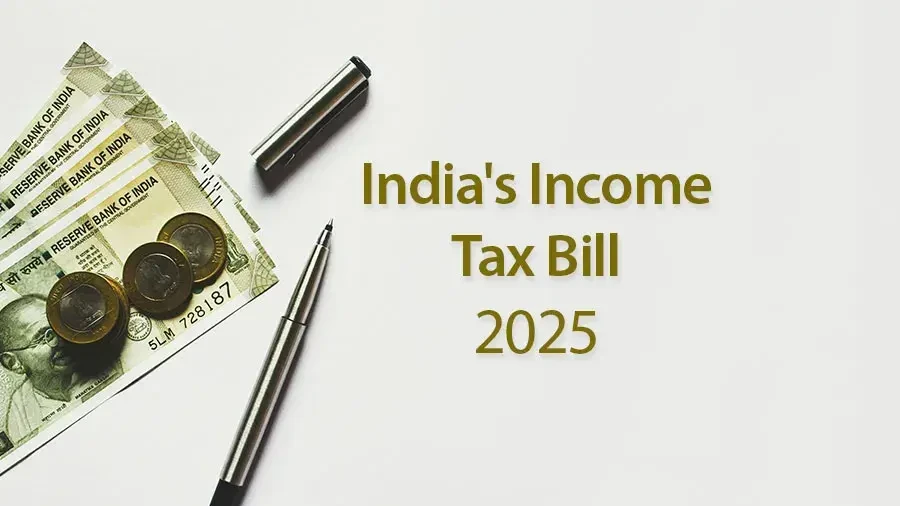The Income Tax New Bill 2025 marks a major shift in India’s taxation system. Introduced in Parliament on February 13, 2025, it simplifies compliance, enhances transparency, and minimizes disputes. As its implementation date is set for April 1, 2026, taxpayers must prepare in advance for a seamless transition under the Income Tax Act 2025.
Implementation Timeline for Income Tax New Bill 2025
The Income Tax New Bill 2025 will be effective from April 1, 2026, covering the financial year 2026–27. Individuals and businesses must familiarize themselves with the updated regulations to avoid compliance issues. Proper tax planning is crucial for smooth adaptation to the new framework.
Transition Period for CA, CS & CMA Students
-
Until March 31, 2026: Exams will follow the Income Tax Act 1961.
-
From April 1, 2027: Exams will be aligned with the Income Tax New Bill 2025.
Objectives of the Income Tax New Bill 2025
The Income Tax New Bill 2025 aims to enhance the taxation system with the following key objectives:
-
Modernization: Aligning tax laws with global standards.
-
Simplification: Making tax provisions easier to understand.
-
Efficiency: Reducing disputes and ensuring smoother compliance.
Key Highlights of the Income Tax New Bill 2025
1. Simplified Tax Law Structure
The Income Tax New Bill 2025 increases the number of sections from 298 to 536, eliminating outdated provisions. This ensures a clear and streamlined tax structure.
2. Improved Chapter Organization
The bill consolidates chapters from 47 to 23, offering a user-friendly and systematic approach to taxation under the Income Tax Act 2025.
3. Reduced Complexity & Length
-
Previous Law: 5.12 lakh words
-
Income Tax New Bill 2025: 2.6 lakh words (almost 50% reduction)
-
Total Pages: 622 (200 pages fewer)
4. Unified Tax Year
The bill replaces the ‘Previous Year’ and ‘Assessment Year’ with a single Tax Year, running from April 1 to March 31. The first tax year under this system will be 2026–27.
5. Flexibility Between Old & New Tax Regimes
Taxpayers can continue choosing between the old and new tax regimes, ensuring flexibility in financial planning.
6. Digital Asset Taxation
The Income Tax New Bill 2025 includes detailed provisions for taxing cryptocurrencies, NFTs, and other virtual digital assets. The government will monitor undisclosed digital income to ensure compliance.
7. Clearer Language for Better Understanding
The bill introduces easy-to-follow formulas, structured tables, and simplified language to reduce tax disputes and improve compliance.
8. No Changes in Tax Slabs
Existing tax slabs remain unchanged. Individuals earning up to INR 12 lakh will continue to have zero-tax liability after applying applicable rebates.
9. Continuation of Five Income Categories
The Income Tax New Bill 2025 retains the five existing income categories:
-
Salary
-
House Property
-
Business/Profession
-
Capital Gains
-
Other Sources
10. Updated Section Numbers for Easy Navigation
The bill revises section numbers to improve clarity:
-
Salary Income: Sections 15–19 (earlier 15–17)
-
House Property: Sections 20–25 (earlier 20–27)
-
Business/Profession: Sections 26–66 (earlier 28–44)
-
Capital Gains: Sections 67–91 (earlier 45–55)
-
Other Sources: Sections 92–95 (earlier 56–59)
Conclusion
The Income Tax New Bill 2025 introduces transformative changes, offering clarity, flexibility, and modern tax provisions under the Income Tax Act 2025. Early awareness of these updates is crucial for taxpayers to ensure seamless compliance. Stay informed and explore the full Income Tax New Bill 2025 details for effective tax planning and hassle-free filing.

